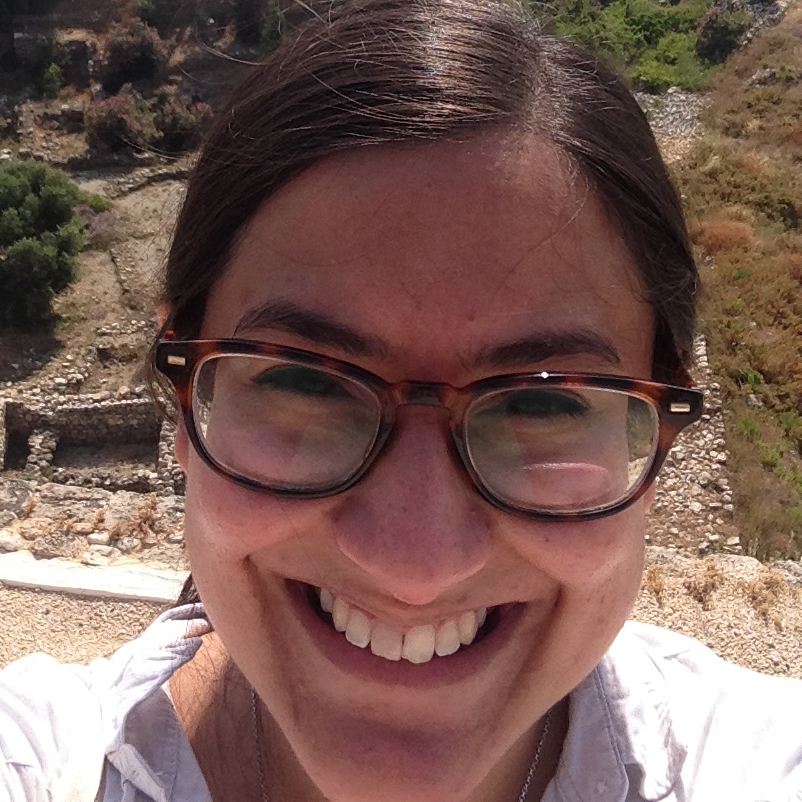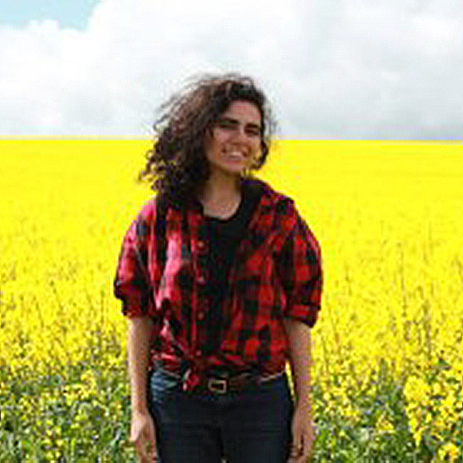In October 2018, a new museum tour launched at the Museum of Archaeology and Anthropology. Untold Histories tours “tell you what the labels won’t.”
The tours explore the difficult histories of how objects came to be in the museum. We discuss collecting, curating, and representation, and ask the question: ‘if objects tell many stories, which ones are on the labels – and which stories don’t get told?’
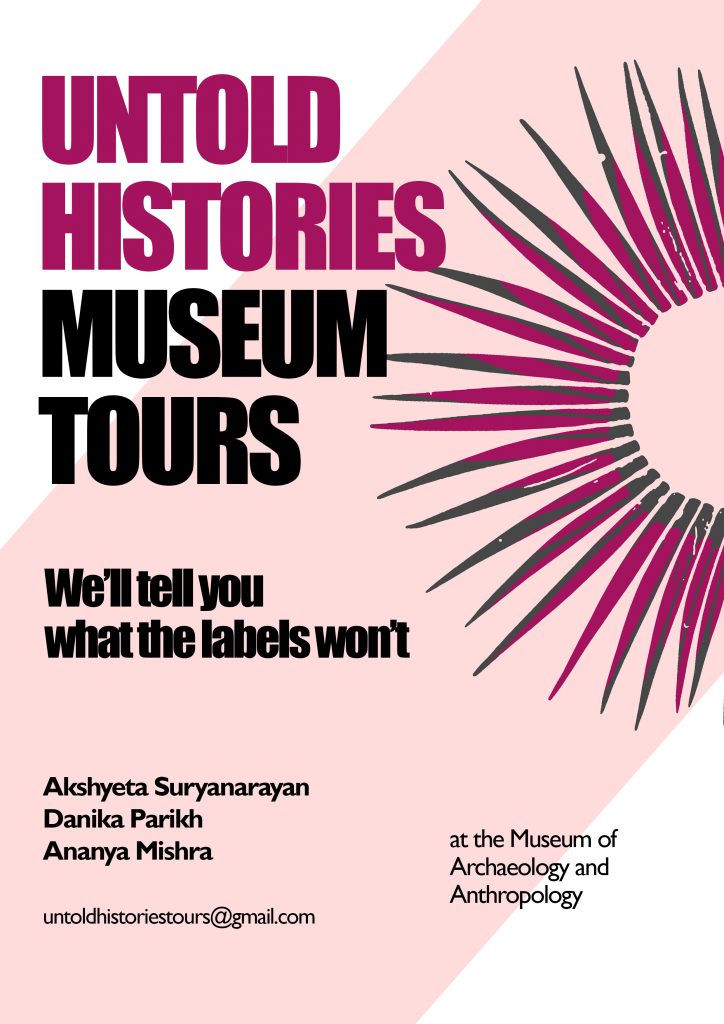
Our project was a series of guided tours at the Museum of Archaeology and Anthropology (MAA) during the Cambridge Festival of Ideas. We aimed to address the problematic history of collecting in Western museums. At MAA and many other museums, objects on display were often collected during periods of conflict or under colonial rule. We wanted to make this explicit by highlighting specific objects and telling their stories. We also wanted to talk about collectors, and critically examine the idea of the museum collector as a celebrated explorer.
The tours grew from conversations we had while contributing research for a previous project on the South Asian collections at MAA, called ‘take-hold’. ‘take-hold’ was a digital encounter which raised questions about ownership and the taking and display of objects. We felt that developing guided tours that expanded on these questions and critically engaged with the collections at MAA was essential. We were keen to build on the previous work and engage directly with museum audiences.
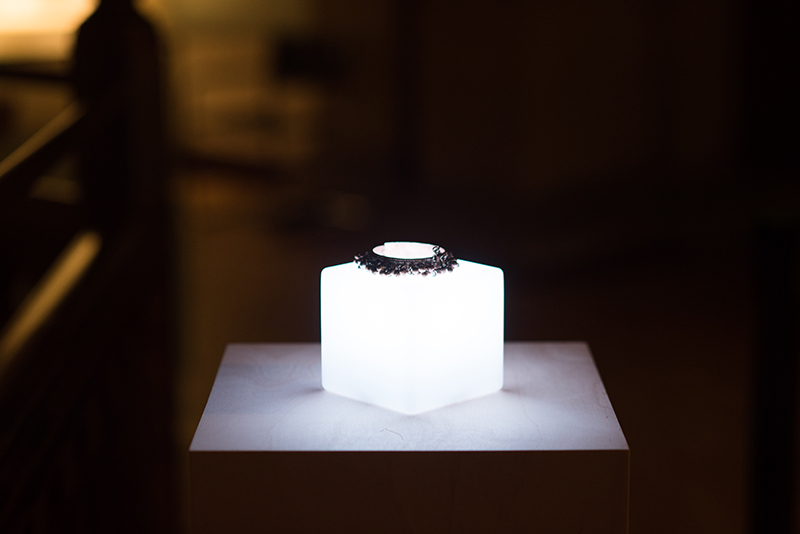
Our overall objective is to contribute to the process of decolonising museums at Cambridge through a number of ways. We want people to know how objects in MAA came to be there, which involves recognising of the colonial legacy of Cambridge and its institutions, and confronting the problematic pasts of anthropologists and ethnographers who defined these fields and are celebrated today. We also discuss how objects have been (and continue to be) displayed in museum galleries, and what this means for the people and cultures being represented — some of whom are members of this university today, but were not a few decades ago. Finally, we talk about what might be ways forward for more critical, inclusive and intersectional museum practice.
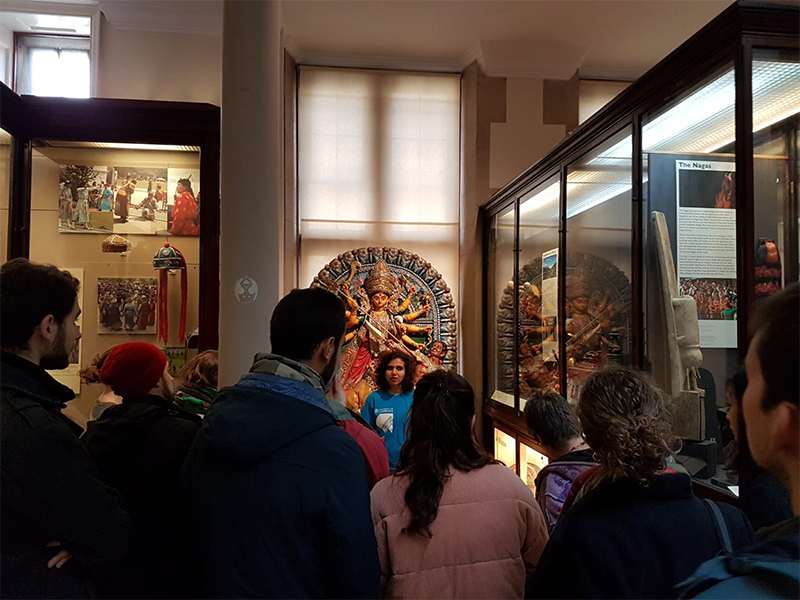
The three of us did the research and created the tour, but it came from talks that started early last year which were initially led by UCM Cultural Programmer Malavika Anderson (now at the Wellcome Trust). We were inspired by Alice Procter’s Uncomfortable Art tours, and the work of the Guerrilla Girls and Museum Detox. At MAA we were encouraged and supported by Outreach Organiser Sarah-Jane Harknett and Senior Curator Mark Elliott.
The tour is one hour long, and we talk about both anthropological and archaeological collections at the museum. We did three tours during the Festival of Ideas in October 2018.
We knew we wanted to talk about both people and objects, and that we wanted it to have a broader geographic scope than ‘take hold’. We did extensive background research on objects on display and the collectors named on the labels. Our original aim had been to decentre European collectors, and focus on the people and societies from whom the objects were collected by naming them and trying to tell stories about the objects from their perspective. Unfortunately, information about previous owners and makers was extremely hard to uncover, and in most cases, it simply wasn’t available. The histories that were available to us favoured the collectors above their sources — we had their names, letters, biographies, and photographs. However, we wanted to make sure that the tour discussed them critically rather than celebrating them. By the end of the research phase, we had what felt like an enormous amount of material with which to work.
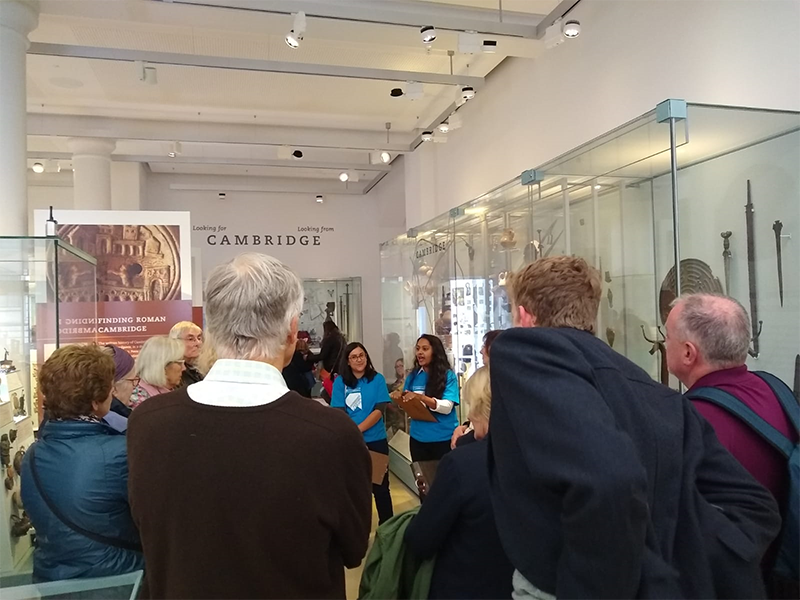
One of the difficulties we encountered was in building a strong and coherent narrative from all of this information, so that we could tell a story that would engage the listener over one hour. We decided to focus on three themes: collection, curation, and representation; namely, how an object had been collected, how an object had been displayed, and how cultures and individuals had been represented. We ended up editing out many stories that we would have loved to tell, but hope to include them in future projects. Ultimately, we had to write a tour that could convey the information and ideas we wanted to to anybody attending the tour, including people without any prior knowledge about the museum or these objects.
We also wanted to showcase displays of objects curated in dialogue and collaboration with source communities. MAA has some great examples of this, and it was interesting to see the tour audiences respond to the contrast between these different approaches.
Our aim was primarily to tell the difficult stories that often remain untold, and in doing so show people how Western museums were products of colonialism, and often benefited from activities like looting during conflict. People who like to go to museums often revere them as cultural institutions, but we wanted to highlight the other side of that. We particularly felt that it was important to demonstrate that the impact of colonial activities was — and continues to be — widespread and visible in unexpected spaces.
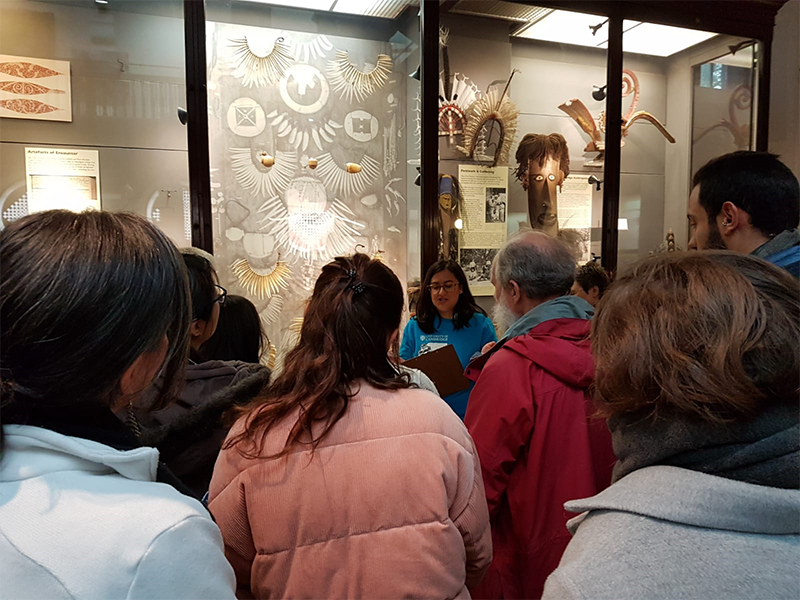
Delivering the stories we felt needed to be told was difficult as they challenge the status quo, and the curriculum in schools that British and European citizens learn. We specifically addressed the now ‘uncomfortable’ legacies of colonialism and scientific racism, and some of the people who came on the tour found this information challenging and responded with disbelief. However, because of the research that informed the tour, we were able to engage with their disbelief and support our arguments by emphasising the evidence. We found it helpful to remind ourselves and the audience that there are no easy answers or quick solutions for fixing the complex issues that museums face today, but it’s important that people start asking these questions along with us, and begin engaging critically with museums. In practical terms, we had to very quickly figure out how to move a large group of people through a busy museum — that was a steep learning curve.
We were happy that each tour had a real mix of people, and a real mix of reactions as a result. Most of the feedback was overwhelmingly positive: the most satisfying responses were from people who said the tour made them feel informed and empowered to affect change. We are so proud of this initiative and think there’s no better place to have these vital conversations than museum spaces.
Given the positive reception and how quickly the first three tours were fully booked, we’re excited to say we will be doing four additional tours next term, from January to March 2019. If you weren’t able to get a ticket during the Festival, this is your chance to attend one of the tours now!
Find out more information about our tours on Facebook.
Tickets can be booked through Cambridge Live, online or through their box office.


